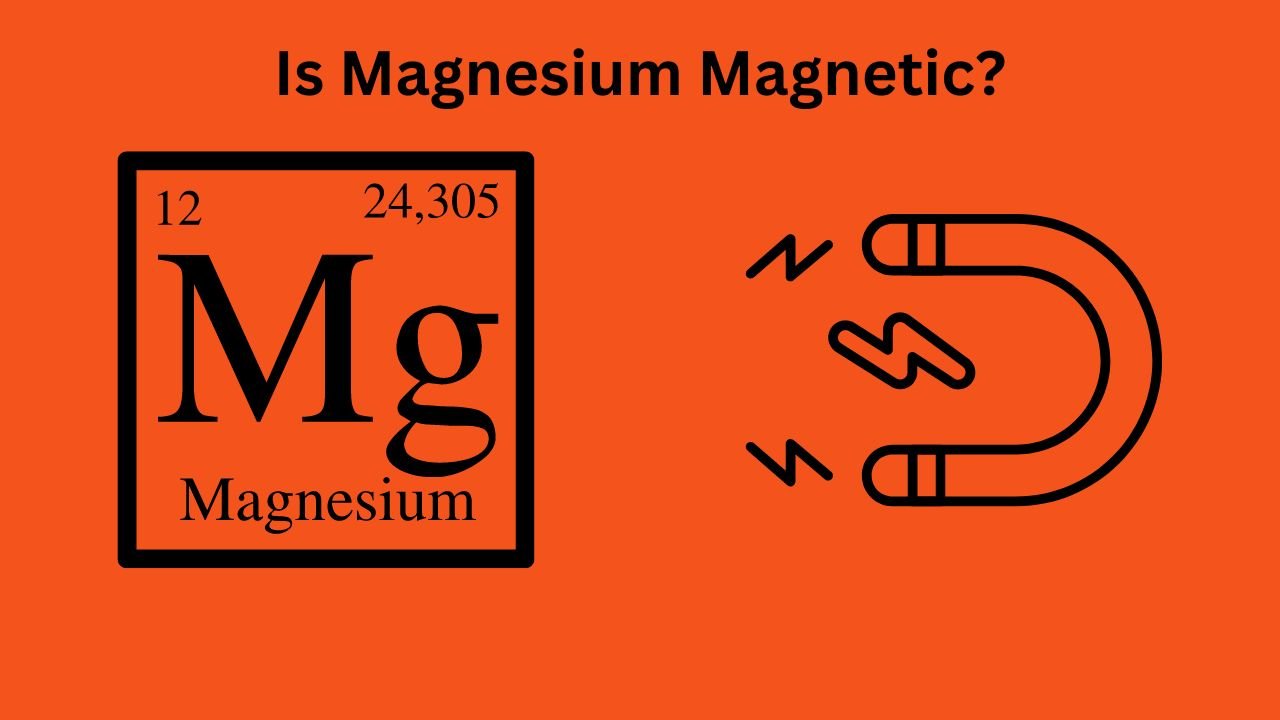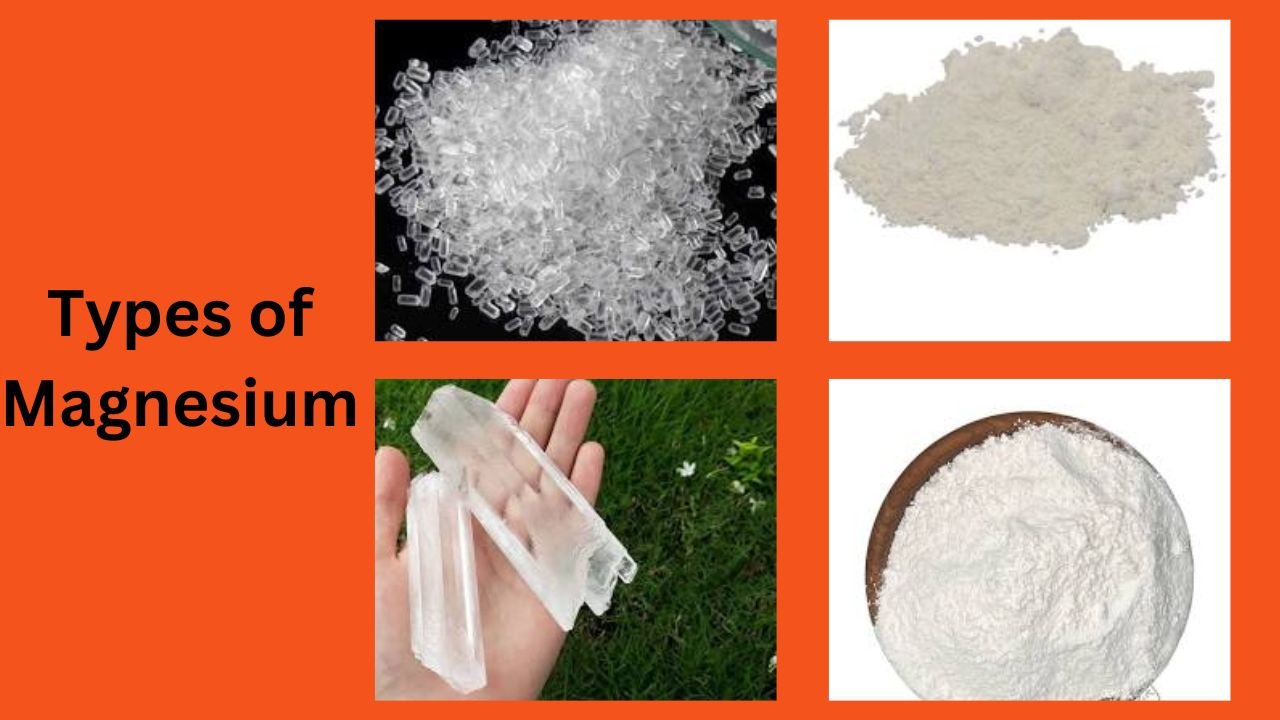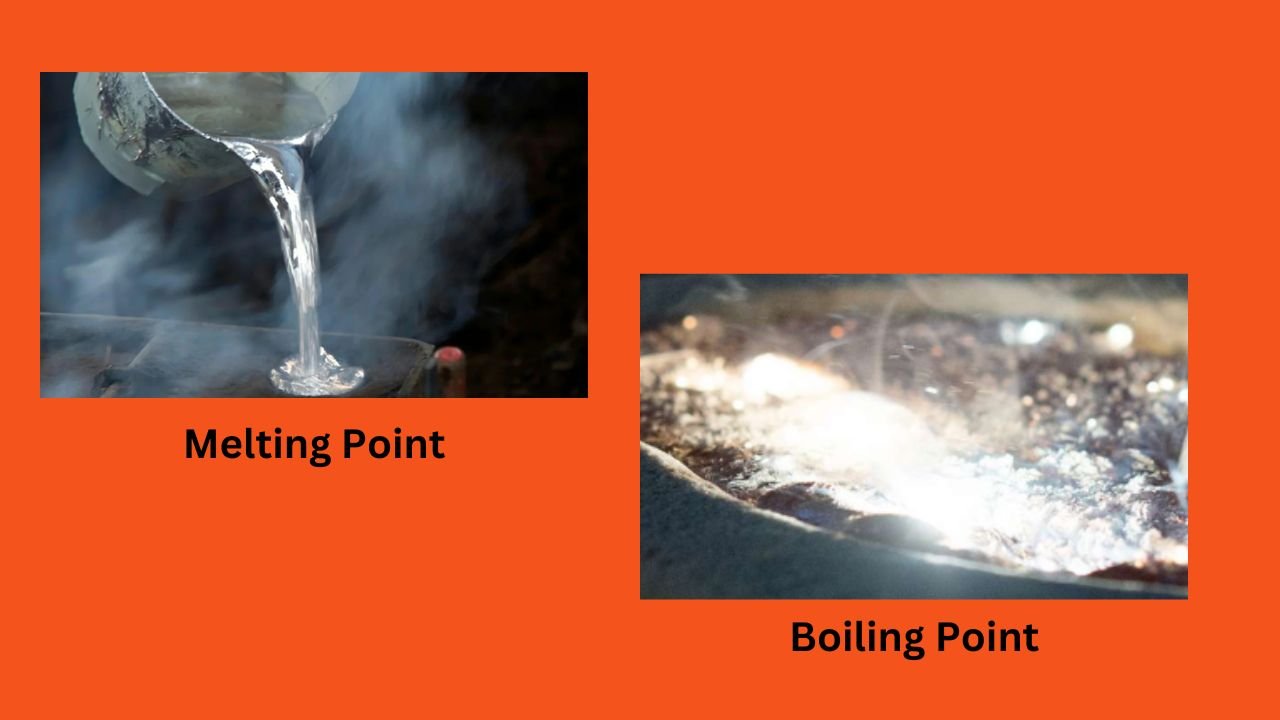Is Magnesium Magnetic? – A Comprehensive Guide
Magnesium exist in abundance on planet earth and is one of the key elements. The lightweight of the magnesium render it applicable in diverse industries ranging from medical to automotive sectors. Magnesium also possess a greater importance as mineral for our bodies. The major question that many asks is magnesium magnetic or non-magnetic? The answer to the above question lies within the characteristics and structure of the magnesium. Therefore the objective of this article is to uncover insights on the properties, structure, and uses of the magnesium.

Table of Contents
ToggleRevealing Key Facts about Magnesium
Magnesium refers to a crucial chemical element that exist on number eight as the highly abundant material on earth. The magnesium ores mainly occur as sea salt and magnesium chloride. As per the periodic table the magnesium metal’s symbol is Mg and features 12th atomic number. The appearance of the magnesium is silvery white.
An interesting fact about magnesium is that it lies among one of the 6th importance minerals in human body. Magnesium regulates the functioning of the muscles, nervous system, and immune system. You cannot deny the importance of magnesium in forming up stronger bones.
Apart from the above facts magnesium possess some incredible features:
- In air the magnesium features low to moderate reactivity
- It has higher reactivity in water as well as steam
- The reactivity of magnesium is compatible with bases and acids
- When you heat magnesium in air it catches up flame rendering it flammable. Magnesium flame feature a white color.
- The ability to conduct electricity for magnesium lies on moderate scale
- Magnesium has higher thermal conductivity in comparison to that of aluminum and silver
- The magnesium has higher reactivity when it comes to reacting with other elements
When at the normal temperature the magnesium remains stable. The main thing which plays the role in this regard is the protective film of oxides which form up all over the surface of magnesium. This is the reason why magnesium play a key role as reducing agent. You can use it for the formation of other metal compounds. Or you can also use it to remove an element from compounds during processing. For instance the magnesium removes the sulfur from the iron within furnace during processing.
Magnesium Types, Uses, and Features
Magnesium possesses a remarkable feature of reacting with diverse metals and forming end alloys with unique characteristics. You can bond the magnesium with aluminum to add properties of higher strength and lighter weight. When you add magnesium to copper you will get alloy with higher corrosion resistivity. Magnesium has the ability to absorb radiation, you can employ it as shielding material where heavy radiation exposure is expected.

| Sr. No. | Type | Chemical Formula | Features | Uses |
| 1 | Magnesium Oxide | MgO | White powder, high melting point, insoluble in water | Antacid, refractory materials, animal feed supplement |
| 2 | Magnesium Hydroxide | Mg(OH)₂ | White powder, insoluble in water, mild antacid | Antacid, laxative, fire retardant |
| 3 | Magnesium Chloride | MgCl₂ | Deliquescent, soluble in water | De-icing agent, fire retardant, magnesium production |
| 4 | Magnesium Sulfate | MgSO₄ | Crystalline solid, soluble in water | Epsom salt (laxative, bath salt), fertilizer, animal feed supplement |
| 5 | Magnesium Citrate | Mg₃(C₆H₅O₇)₂ | Soluble in water, pleasant taste | Laxative, dietary supplement |
| 6 | Magnesium Lactate | Mg(C₃H₅O₃)₂ | Soluble in water, biodegradable | Food additive, dietary supplement |
| 7 | Magnesium Stearate | Mg(C₁₈H₃₅O₂)₂ | White powder, insoluble in water | Lubricant, anti-caking agent, dietary supplement |
| 8 | Magnesium Gluconate | Mg(C₆H₁₁O₇)₂ | Soluble in water, mild taste | Dietary supplement, antacid |
| 9 | Magnesium Aspartate | Mg(C₄H₆NO₄)₂ | Soluble in water, amino acid complex | Dietary supplement, energy enhancer |
| 10 | Magnesium Glycinate | Mg(C₂H₄NO₂)₂ | Soluble in water, amino acid complex | Dietary supplement, sleep aid |
Melting Point of Magnesium
You can refer melting point as a temperature at which solid transforms into liquid. Magnesium melting point exist in the moderate range and is upto 12020F or 6500C. While the boiling point of the magnesium is 19940F or 10900C. Because of the moderate melting point the thermal conductivity also lies in lower to moderate range.

Density of Magnesium
The density term refers to the compactness level of the material. The unit use to express the density is g/cm3. For magnesium, this density is 1.74 when measured at room temperature. This is the reason for the lightweight of magnesium.
Strength of Magnesium
The magnesium has higher strength to weight ratio. Besides the lightweight you can use magnesium for higher strength applications. The overall yield strength of the magnesium is 3000 PSI and the tensile strength lies at 12000 psi.
Hardness of Magnesium
You define this property as the ability of the material to resist load without getting scratched. The hardness of the magnesium is good enough. On mohs scale the magnesium hardness is 2.5, and on brinell hardness scale the hardness is 30.
Magnesium Mechanical Properties
In the industry the magnesium employed for light structural applications. It features higher corrosion or rust resistivity and has desireable mechanical resistance. On reacting with water the magnesium forms hydrogen gas. In original form the magnesium has not a higher strength. You can combine it with other alloys such as aluminum and zinc to incorporate strength. Doing so, you can experience better castability, hardness, machinability, and weldability.
Physical Properties of Magnesium
The atomic weight of the magnesium exists at 24.30 gm with an atomic radius of 0.160 nm. The magnesium features 2 electrons in the outermost orbit. It has three isotopes with the atomic masses 24, 25, and 26. Magnesium has negligible reflectivity in infrared as well as visible light. Besides it possesses higher absorbance rate for UV rays.
Is Magnesium Magnetic?
In real form the magnesium is not magnetic. Want to know why? The magnetic characteristics mainly exists because when a metal interacts with the magnetic and electric forces. When you place a metal close to the magnet, the electrons if present align themselves with the magnetic field. In magnesium metal this is the case. The net magnesium moment forms up with the existence of non-paired electrons. This is the reason why magnesium is paramagnetic. Please note paramagnetic shows slight attraction while the diamagnetic shows repulsion upon interaction with magnets. For instance the non-metals and copper are diamagnetic.
The paramagnetic response depends on the magnesium magnetism. There are two key principles including orbital a magnetism and spin magnetism. The spin magnetism refers to the spinning of electrons in an orbit while the orbital magnetism refers to revolving of electrons in the orbit around nuclues of an atom. In general, the half-filled orbitals lead to the formation of the non-paired electrons. This leads you to experience paramagnetic effect.
Factors Impacting the Magnesium Magnetism
A variety of factors exist that greatly impact the magnetic characteristics of the metal. Some of the key factors are:
Temperature and Crystal Structure Influence
Crystal structure possesses a greater impact on the characteristics of the metal. Magnesium, in its atomic structure, has two valence electrons. This renders it paramagnetic.
On the other hand, temperature also influences magnetic properties. At higher temperatures, the magnetic characteristics of any target metal decrease. You can refer to this as the Curie law of paramagnetics. It states that magnesium’s paramagnetic properties decrease with the increase in temperature and vice versa.
Why Steel is it Non-magnetic?
One of the higher-strength alloys that exist on Earth. But all steel alloys show non-magnetic properties. For instance, take austenitic stainless steel. The key thing you need to note is that iron is magnetic and some proportion of it present in steel alloys. But steel alloys show non-magnetic behaviour. The key thing that contribute to the non-magnetic nature is the microstructure which resembles to the non-metals.
Magnesium – A Non-magnetic Metal
As mentioned above, magnesium is not a magnet. It has no magnetic field and is unable to establish an interaction with magnets on its own. You can experience some interaction in the presence of a stronger magnet close to magnesium. These properties strengthen when you combine magnesium with aluminum or even zinc. The existence of prominent magnetic forces contributes to a higher level of magnesium magnetism. Please note that this is true only in certain conditions.
Is Magnesium Paramagnetic or Diamagnetic?
You can refer Magnesium as paramagnetic as per the above discussion. There are two electrons exist which feature positive ions in the outermost shell of magnesium. When they experience the magnetic forces these electrons interact. These electrons feature special spin movement which causes attraction. This special spin align up with the magnetic field direction, you can find such property in paramagnetic materials.
On the other hand, diamagnetic materials lack these properties and attraction phenomena. In such materials, the dipoles within the orbitals oppose the impact of the magnetic field because no valence electrons exist. You cannot experience this with Magnesium because it is paramagnetic.
Key Applications of the Magnesium Metal
As already discussed that the Magnesium is super light and has higher strength. These properties enable magnesium to be applied in:

- Laptops
- Car Seats
- Power Tools
- Cameras
- Luggage equipment manufacturing
The highly flammable nature of the magnesium make it usable in fireworks, sparkles, and flares as it produces bright light. Using this metal, you can remove the sulfur from iron during the melting process.
The Magnesium serves an important purpose in our body. It keeps working the muscles optimally, maintains the heart rhythm, and keeps bones stronger. Apart it also maintains the blood pressure. As mentioned above that the magnesium is sixth important mineral in our body. It also maintains the protein level in our body.
Is Magnesium Oxide Magnetic?
As you know that the magnesium is not magnetic. This leads to the non-magnetic nature of the magnesium oxide. A few magnesium compounds exsit which exhibit magnetic features but magnesium oxide does not belong to such compounds. The main cause of the magnetic properties in these compounds is mainly due to the structure, and composition. The fabrication makes these alloys resist corrosion, conduct electricity, and make them usable in automotive, aerospace, and medical fields. Similar to the non-metals, magnesium as well as magnesium oxide are non-magnetic in nature. Although with the addition of elements or compounds, you can make them magnetic.
Some of the applications of magnesium oxide you need to pay attention to are:
- You can use it in making steel, the magnesium oxide slurry is coated on steel to make it temperature-resistant.
- With magnesium oxide you can make steel sheets. When silicone steel reacts with magnesium then this adds up magnetic characteristics to the end formation.
Conclusion
Summing up, magnesium is an abundant and versatile element featuring unique characteristics such as light weight and higher strength. But the answer to “is magnesium magnetic? is no. It is rather paramagnetic because of the existence of valence electrons. Because of these characteristics you can employ magnesium in wide industries including medical, automotive, and even electronics. Besides the role of the magnesium in human body is undeniable. It is a key element serving versatile applications both in industry and health sector.
Frequently Asked Questions
Is Magnesium A Non Ferrous Metal?
Yes, magnesium is a non-ferous metal. It does not have any significant iron amount. This property makes the magnesium higher corrosion resistance. As iron is not corrosion resistance. Absence of iron make the magnesium light weight, stronger, and highly ductile.
Is Magnesium Diamagnetic?
No, magnesium is not diamagnetic. Diamagnetic materials show zero attraction to magnets when placed in a field. While magnesium is paramagnetic, it has valence electrons, which causes it to show weak attraction to magnetic fields. So if you are wondering “is mg paramagnetic or diamagnetic” then it is definitely paramagnetic.
Is Magnesium Magnetic In Pure Form?
Magnesium in pure form is non-magnetic. It has higher strength, higher hardness, and light weight. When in nature the magnesium is super reactive and has wide existence of compounds. This metal is specially useful in high strength and lightweight applications.
Read More:
Is Titanium Magnetic? – Properties/Applications/Analysis
is lead magnetic? Unveiling Properties, Implications, and Applications



